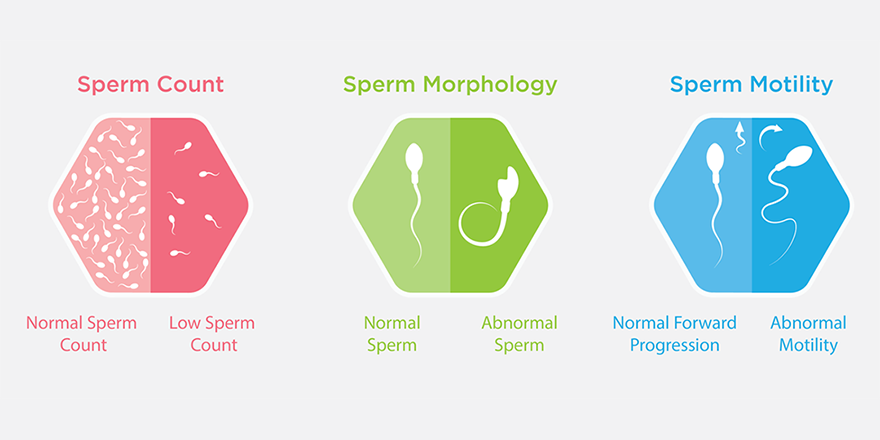
What does TERATOSPERMIA mean
What does TERATOSPERMIA mean?
What does ASTHENOSPERMIA mean?
What does OLIGOSPERMIA mean?
What does AZOOSPERMIA mean?
What does NORMOSPERMIA mean?
The above definitions may sound scary, but they are nothing more than sperm conditions. More specifically, a large percentage of men have been tested for their sperm quality in their lifetime. The seminogram, the test that gives us specific values for sperm physiology according to number, motility and morphology, is essentially the observation of sperm under a microscope and the subsequent evaluation of characteristics.
More specifically..
Teratospermia is the condition in which the sperm does not have a normal shape. The problem concerning the shape may be exhibited in one of the 3 distinct parts of the sperm (head, midpiece or tail).
Asthenospermia is the lack of motility regarding a large number of spermatozoa. More specifically, when 60% of spermatozoa do not move forward normally, then we are talking about asthenospermia.
Oligospermia, a condition that often accompanies asthenospermia, is the lack of a sufficient number of spermatozoa in the semen. This is probably the most common sperm abnormality.
Finally, azoospermia is the condition in which there is a complete absence of spermatozoa in the seminal fluid. It is divided into two types, obstructive and non-obstructive, where obstructive is usually and more easily treated through surgery.
The normal state of sperm, in which all measurements for number, motility and morphology, fall within the normal range according to the criteria of the World Health Organization, is called normospermia.
It should be noted that the above situations can occur alone or in combination. Prevention through sperm testing can help in their timely treatment but also in a successful pregnancy.




